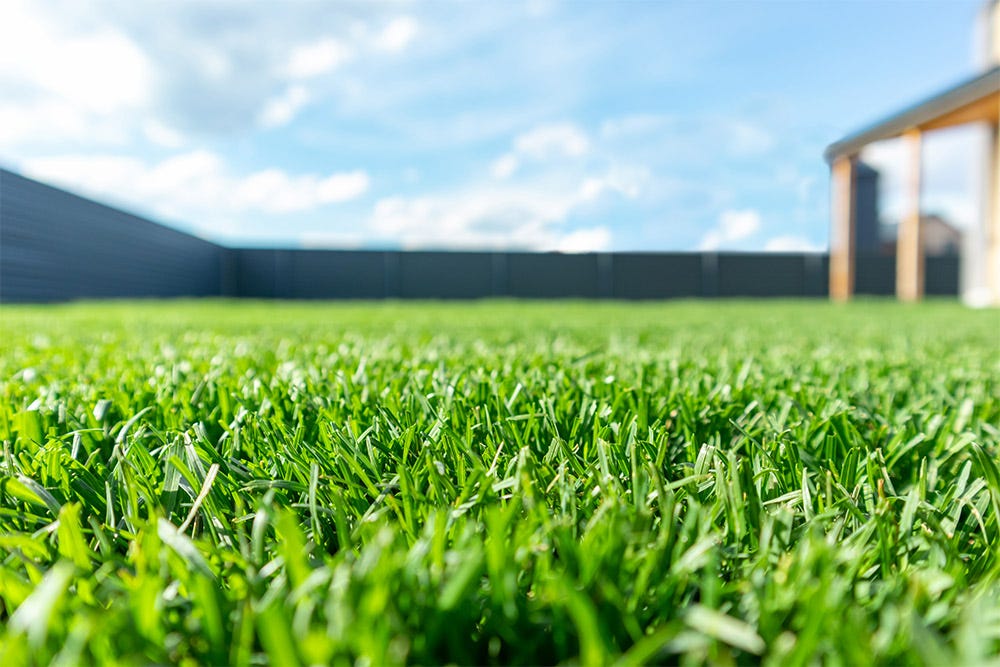- Maintenance tips & tricks
- 4-season garden care advice
- News from the gardening world
- STIGA innovations & new product launches
FREE delivery on selected models
Ask the Experts on 0800 669 6326
Secure Payments
FREE delivery on selected models
Ask the Experts on 0800 669 6326
Secure Payments
Lawns often take pride of place when it comes to gardening – and for good reason. But it’s easy to neglect their health over winter, leading to moss, bare patches and weeds taking root. Try our 7-step guide to rejuvenate your lawn in time for summer.

Spring is an ideal time to improve your lawn as grass grows better after winter, once the average temperatures have got back above 7°C. It also gives you enough time to take a ‘bit by bit’ approach – after all, you want looking after your lawn to be an enjoyable activity, not an arduous task!
When the weather begins to get warmer, give your lawn its first post-winter cut. Make sure you mow in both directions to catch all blades of grass. If you have a lawn edger to hand, you can neaten any border or path edges.
Dig up perennial leaves like dandelions and broadleaf plantain with a small fork or hand trowel – and keep an eye out for bindweed, which tends to grow around borders. If you have a larger garden, you may find an eco-friendly weedkiller more effective.
Once weeds have been removed, rake off moss and other debris. This helps ensure enough air passes between the soil and the atmosphere – essential for a healthy lawn. If you have a larger garden, you can use an electric scarifier to cover more ground faster than a handheld rake.
We often know our gardens well – and can spot where the grass struggles to grow or excess water doesn’t drain away. Tend to these parts of the lawn next, aerating any compacted soil by 'spiking' it with a garden fork.
Push the fork around 10 to 15cm into the soil
Move it about to loosen the earth by roughly a centimetre
Move backwards as you spike the grass at regular 15cm intervals
Once you’ve got into a regular mowing pattern (around every two weeks in spring), it’s important to feed your lawn regularly.
Leave grass clippings to turn into mulch – a natural fertiliser packed with valuable nutrients
Consider using a slow-release lawn fertiliser to give it an extra boost
Always water after feeding – use stored rainwater if possible
Look out for any bare patches leftover from winter and repair them soon after you’ve fed your lawn, removing any weeds and their roots first. Lightly break up the soil and scatter seeds, then cover repaired areas with netting to keep birds away. If no rain is forecast, water these areas and your lawn well with a hose or sprinkler.
Don’t mow these areas until the grass is around 4cm high. Recently-sown patches need their roots firming in to make sure they take to the soil. Do this carefully with your feet or use a mower with a roller, switching off the engine first.
As the weather gets warmer, you’re likely to be out in your garden more, and your lawn will still need attention.
Mow and edge regularly
Aerate the soil with a lawn rake in any areas you use frequently to ensure the grass continues to flourish